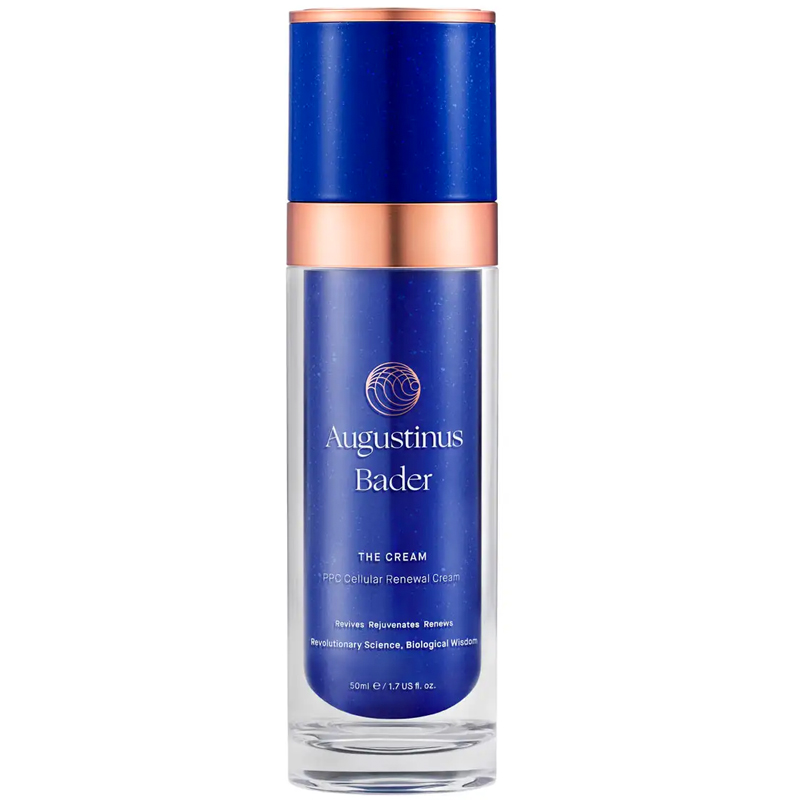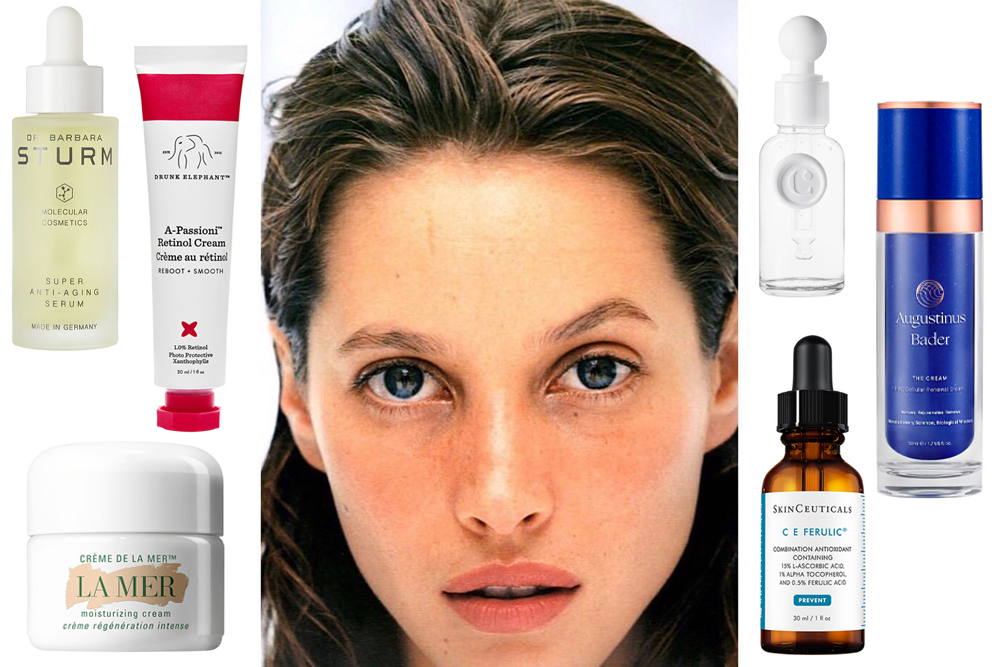While aging is undeniably a privilege and there is no such thing as an “anti-aging” product per say, there is nothing wrong with aiming to maintain a healthy, glowing, and youthful complexion for as long as possible. This of course, means different things to different people. Whether or not you are willing to undergo cosmetic procedures, good skin — regardless of age — starts with a consistent routine. In someone’s twenties, that means sticking to a thorough double-cleanse, no matter how long the night has been, moisturizing and protecting the epidermis from sun rays and free radicals daily.
The real changes generally start happening when hitting the big thirty. Overloading the skin with super potent actives before then, unless it is to treat acne or another specific concern, can be unnecessarily costly and could also potentially jeopardize the skin’s lipid barrier. Thirty is by no means old, mind you, but that’s when gravity starts taking its toll and when the body’s innate resilience and its capacity to produce collagen and hyaluronic acid, amongst other things, begin to dramatically decrease. It is important to bear in mind that no topical treatment can fix what only lasers and injectables can — there’s only so much you can expect from a product, however hefty its price tag. Equally important, a balanced diet, enough sleep and moving your body as often as possible go a long way, too.
Luckily, some ingredients have been shown to visibly improve some signs of aging overtime and including them in a skincare regimen can help you breeze through the years by supporting your hard-working skin as best as you can. The first line of defense should always be proper sun and environmental protection. Pairing a sunscreen with a vitamin C serum during the day is a smart move that will ensure that the epidermis is well protected. Vitamin C is not only a powerful antioxidant, it also strengthens the skin’s lipid barrier by boosting its ability to repair itself and supports the production of collagen. While it won’t magically erase severe pigmentation, it has proven to be effective in treating some sun damage and most importantly, to decrease the synthesis of melanin, which is responsible for the appearance of dark spots.
Hyaluronic acid is another power player that has made one hell of a name for itself in recent years, so much so that a vast majority of products now include some form of this molecule that retains over a thousand times its weight in water and helps to plump those little dehydration lines we hate to wake up to. Despite its name, hyaluronic acid doesn’t behave like your typical acid since its purpose isn’t to exfoliate the epidermis, and as a result it plays well with other actives and is easily squeezed into a morning or evening routine. Once the skin has been properly protected and supported throughout the day, it’s time for acids and exfoliants to step in. There is a plethora of ingredients available in various forms on the market, but when it comes to easing into a preventative routine, AHAs are a safe bet. Glycolic acid and lactic acid are the power siblings who need no introduction in a world where the infamous Biologique Recherche’s P50 is king and (almost) everyone owns at least one acid toner in their arsenal. Glycolic acid is deeply resurfacing, speeding up the cells’ renewal journey and smoothing skin texture, but should be treated with caution as it isn’t the most widely well-tolerated little devil. Lactic acid, on the other hand, is the favorite child, satisfyingly smoothing while its water retaining abilities makes it a gentler alternative – particularly for dryer skin types. On nights when acids are given a break, retinol is the cherry on top that will truly change the game. Like vitamin C, this derivative of vitamin A wears many hats, tackling acne, fine lines and uneven skin texture alike.
Finally, a rich moisturizer or an oil, depending on your skin type, is needed to seal the deal. Acids and retinol, no matter how handy, do put a considerable amount of pressure on the skin’s ecosystem and some level of inflammation is often a byproduct of all of their hard work. For this reason, it is of paramount importance to balance it all out with a layer of comforting, straightforward nourishment before calling it a night. Some oils and moisturizers are so densely packed with ingredients that they do a fantastic job on their own, too, giving you and your skin a break from a somewhat ambitious routine from time to time.
No matter what you do, remember that caution is always in order when introducing new products, especially actives like acids, retinol and even vitamin C. Throwing everything that you have at your skin all at once will do more harm than good, so take it easy and try introducing something new to your routine by using it a couple of times a week and sticking to it for at least two months before graduating to the next level. The aim is never, ever to fight your skin, but to help and protect it; it’s been doing a wonderful job thus far and it’s not about to let you down — and neither should you.
Anti-Aging MVPs
SkinCeuticals C E Ferulic
"An oldie but a goodie, this Vitamin C serum has a thin, almost watery consistency that won't make moisturizers or sun lotions pill. It also provides an instant dose of glow that will rejoice even the most sleep-deprived complexions."
SkinCeuticals , $166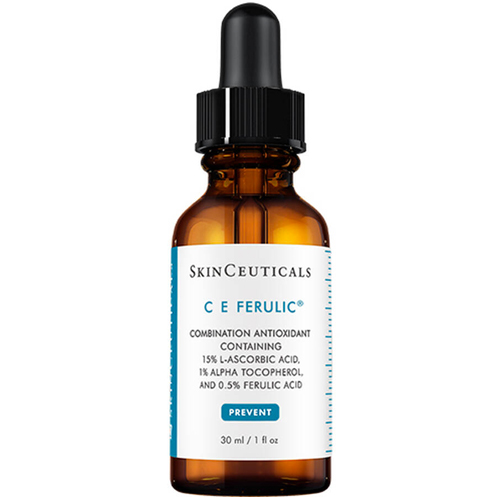
Melanie Simon Skincare Serum C
"Melanie Simon's first product is a powerhouse of Tetrahexyldecyl, an oil-soluble form of Vitamin C , that penetrates the skin tissue even more deeply than other derivatives and should therefore be used sparingly and saved for a nighttime application."
Melanie Simon Skincare , $200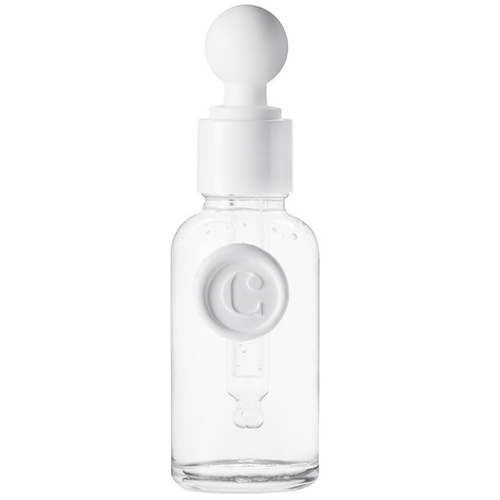
Dermalogica Biolumin-C Serum
"This super smart little number combines Vitamin C and lactic acid to simultaneously protect, brighten and smooth the complexion, while chia seed oil adds an extra dose of environmental protection and nourishment, all of that in a couple of drops."
Dermalogica , $87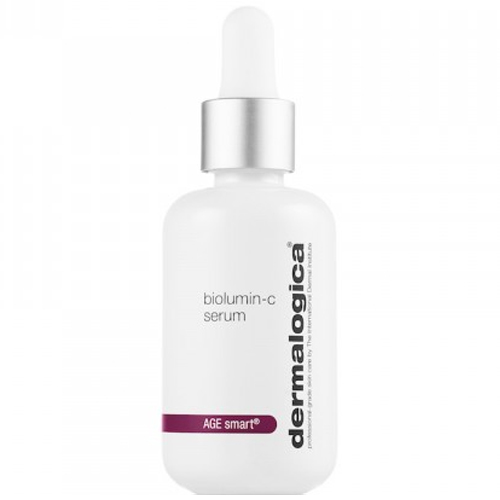
Kypris Beauty Antioxidant Dew
"A green option formulated with Vitamin C, E, and botanical extracts that acts as an extra lightweight hydrator on oily skins, or as an additional layer of moisture and protection on normal to dry complexions."
Kypris Beauty , $90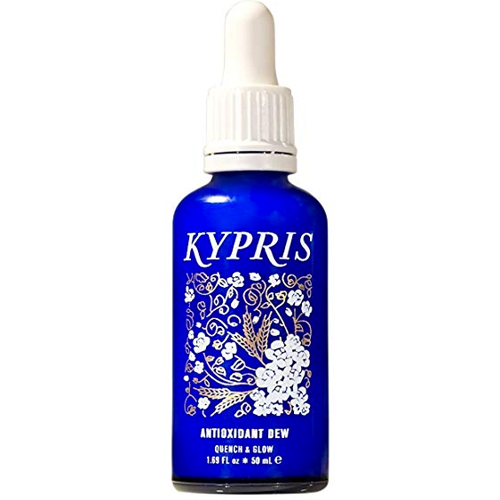
Dr. Barbara Sturm Super Anti-Aging Serum
"A serum packed with antioxidant purslane extract and plumping hyaluronic acid that keep free radicals at bay, hydrates the skin, and tames any sign of inflammation."
Dr. Barbara Sturm , $350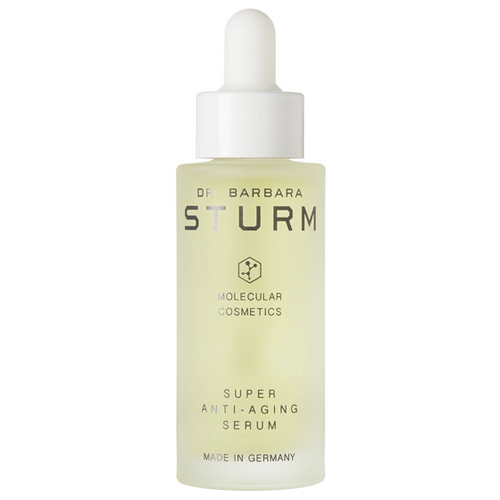
Tatcha Violet-C Brightening Serum
"This potent Vitamin C and AHAs-based serum is best used at night, as its aim is to repair the sometimes unavoidable damages inflicted by free radicals, while speeding up the cellular turnover and bringing some radiance back to dull and tired skins."
Tatcha , $88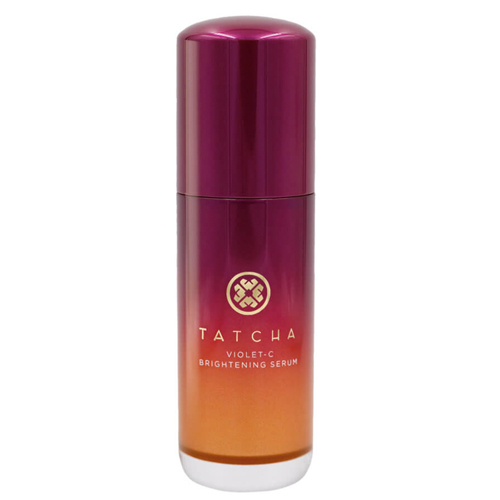
Bioeffect EGF Serum
"This one gives a whole new meaning to small, but mighty. Formulated with a barley-based epidermal growth factor (known as EGF), a protein naturally present in the human body, a couple of drops of this potion instantly quenches the thirst of dehydrated skin as well as boosting collagen and elastin production, so much so that the skin appears visibly changed overnight. Yes, really."
Bioeffect , $160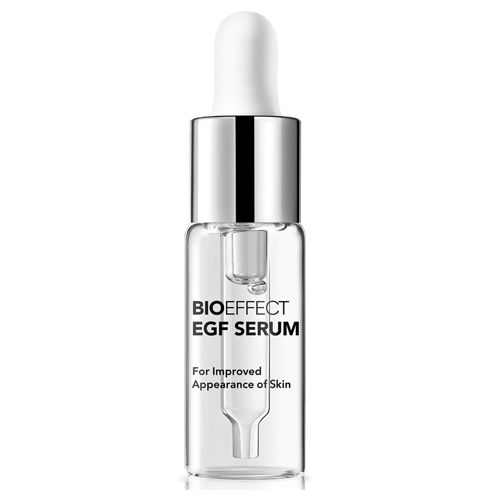
Biologique Recherche Lotion P50
"The OG, the one who made acid toners famous and to this day, still one of the best. This is not meant to be a glamorous product; you won't like its vinegar-y smell, nor the temporary redness that comes shortly after its use (no matter how much people claim to love the 'burn'). You will, however, like the results that include, but aren't limited to a smoother skin texture, fewer breakouts, and less visible sun damage. Since there's no such thing as a one size fits all, there are a few versions available to accommodate all skin types, which is always a plus in our book."
Biologique Recherche , $68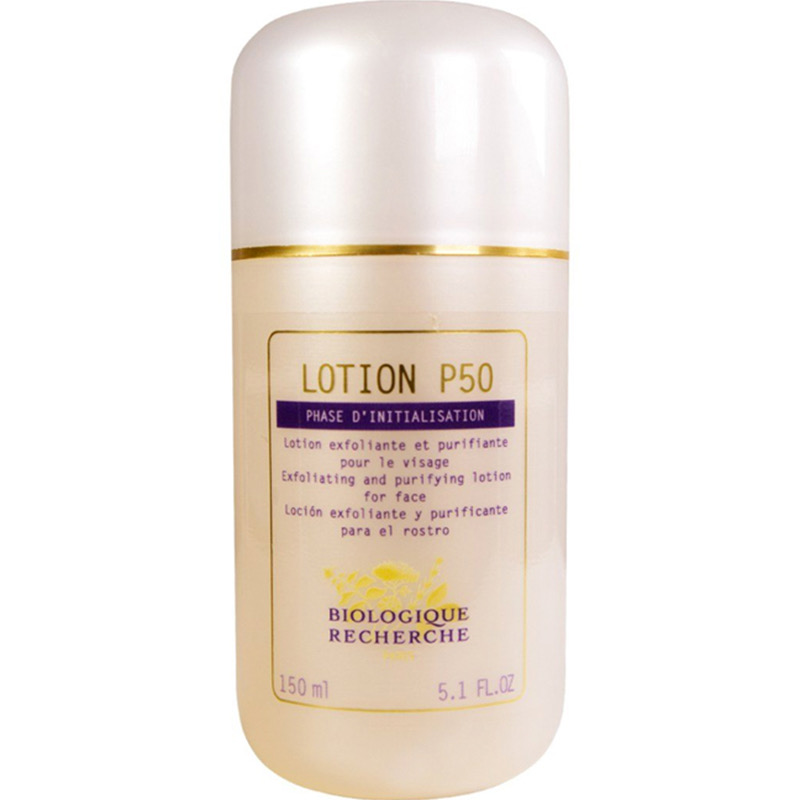
iS Clinical Active Serum
"This multi-tasker is the answer those concerned with adult acne have been looking for. A combination of purifying and anti-inflammatory salicylic acid and botanical extracts keep those pesky hormonal breakouts in check, while protecting the skin form external aggressors and softening its texture."
iS Clinical , $135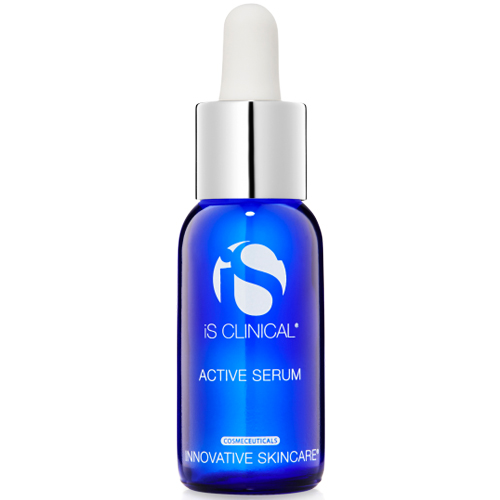
Herbivore Prism Exfoliating Glow Potion
"Another green option and well-rounded, alpha-hydroxy and beta-hydroxy acids-based serum that helps evening out light spots of pigmentation, while getting rid of unnecessary and clogging dead skin cells by providing a gentle yet effective exfoliation."
Herbivore , $62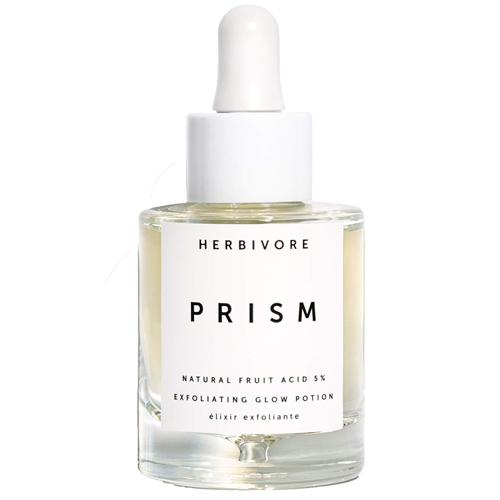
Sunday Riley Good Genes
"A fan favorite, this one is a lactic acid-based treatment that plumps and softens the skin, while also adding a phenomenal glow to the complexion without causing unwanted irritation."
Sunday Riley , $105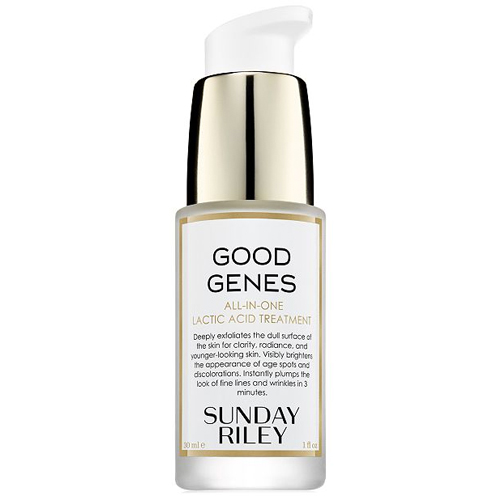
Shani Darden Texture Reform Resurfacing Serum
"An ideal option for those looking to introduce a retinol into their routine for the first time. Its formula cleverly combines a mild retinoid, lactic acid, and collagen-boosting niacinamide to ensure that even the most reactive skins can get on the retinol bandwagon."
Shani Darden , $95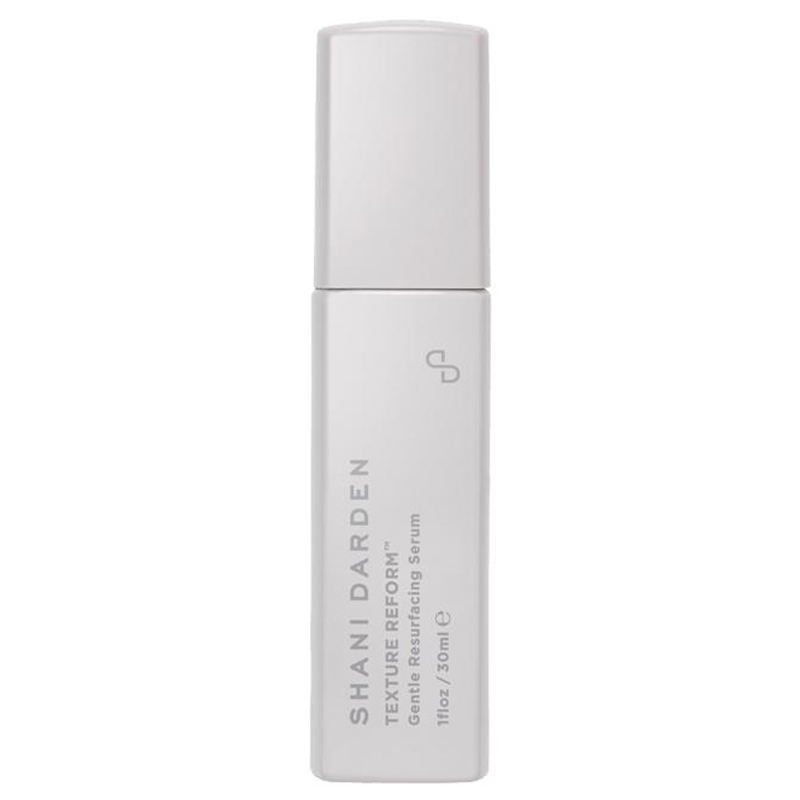
Drunk Elephant A-Passioni Retinol Cream
"Another win for the now cult green brand, this 1% retinol isn't for the faint of heart, but with time and patience it truly delivers fantastic results by visibly reducing the appearance of fine lines and enlarged pores."
Drunk Elephant , $74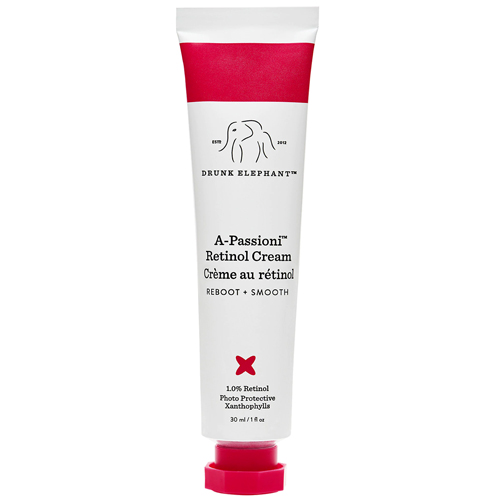
May Lindstrom The Blue Cocoon
"This one does exactly what it says on the tin: it envelops the skin in a heavenly combination of blue tansy, camellia oil, and shea butter and relieves even the most distressed epidermis. The ultimate multitasker, it also acts as an extra fancy eye and lip balm and a little bit goes a long, long way."
May Lindstrom , $180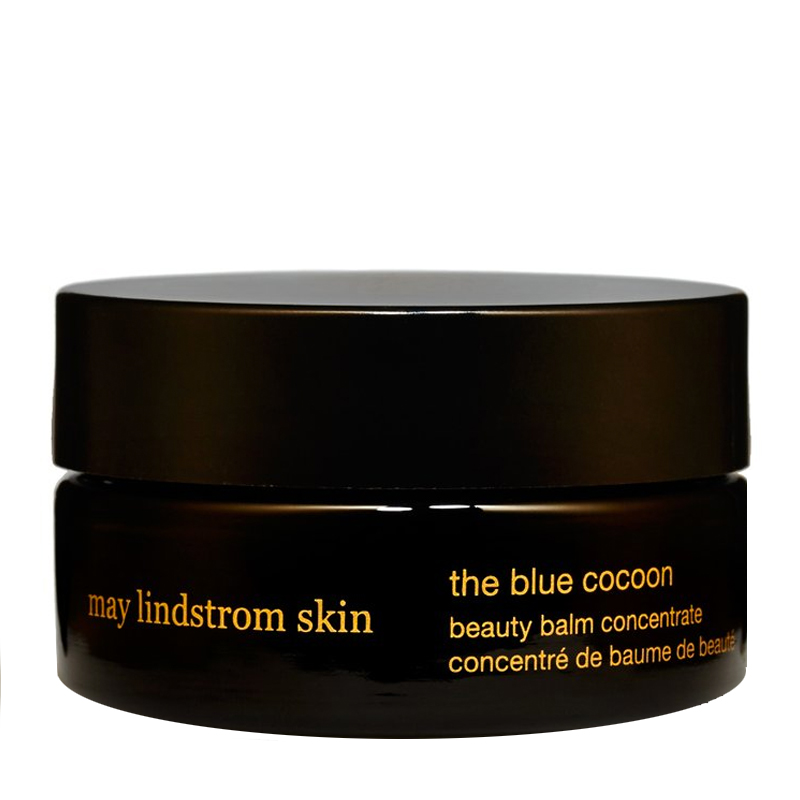
La Mer Crème De La Mer
"This longstanding cult product is the ultimate treat. The brand's iconic Miracle Broth helps to replenish the skin and to protect it from environmental aggressors."
La Mer , $180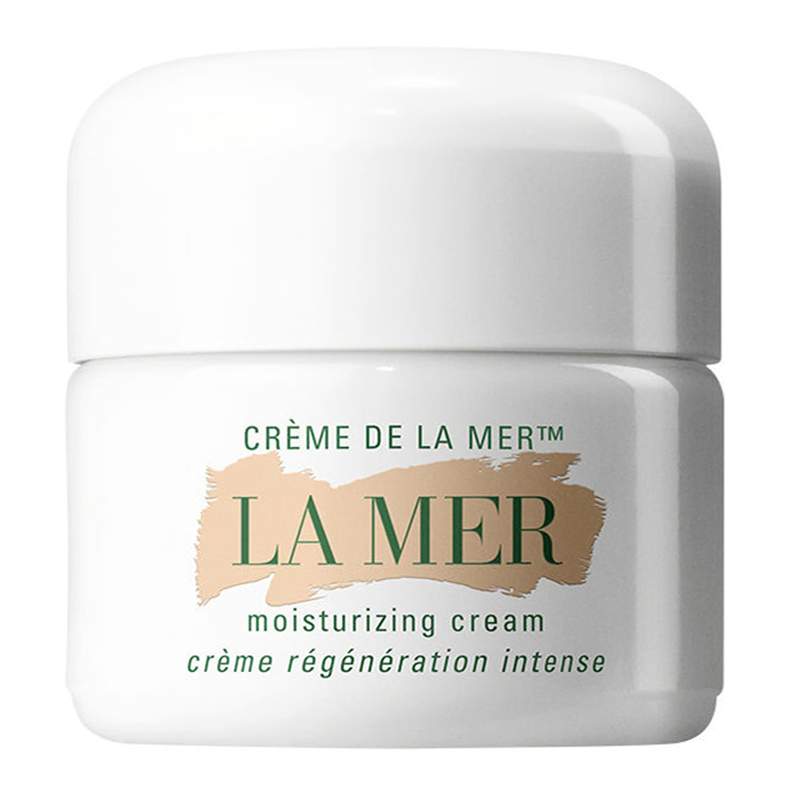
Vintner's Daughter Active Botanical Serum
"This eco-friendly (though sadly not bank account friendly) oil does it all; it nourishes, protects, soothes inflammation, and balances out all complexions, even those with stubborn, hormonal acne. Although marketed as a serum, and while it can certainly be used that way, it is just as lovely playing solo."
Vintner's Daughter , $185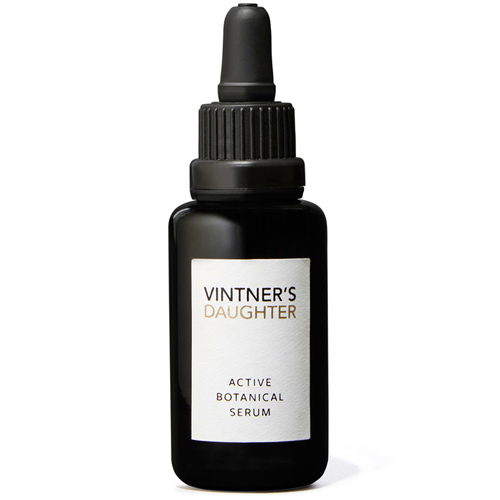
Augustinus Bader The Cream
"This German rising star has been making some waves in the industry for quite some time now and thankfully, we are happy to report that it lives up to the hype. Formulated to activate the skin's innate regenerative processes, it is the ideal companion to a retinol-based routine, soothing and repairing the skin as you go."
Augustinus Bader , $265